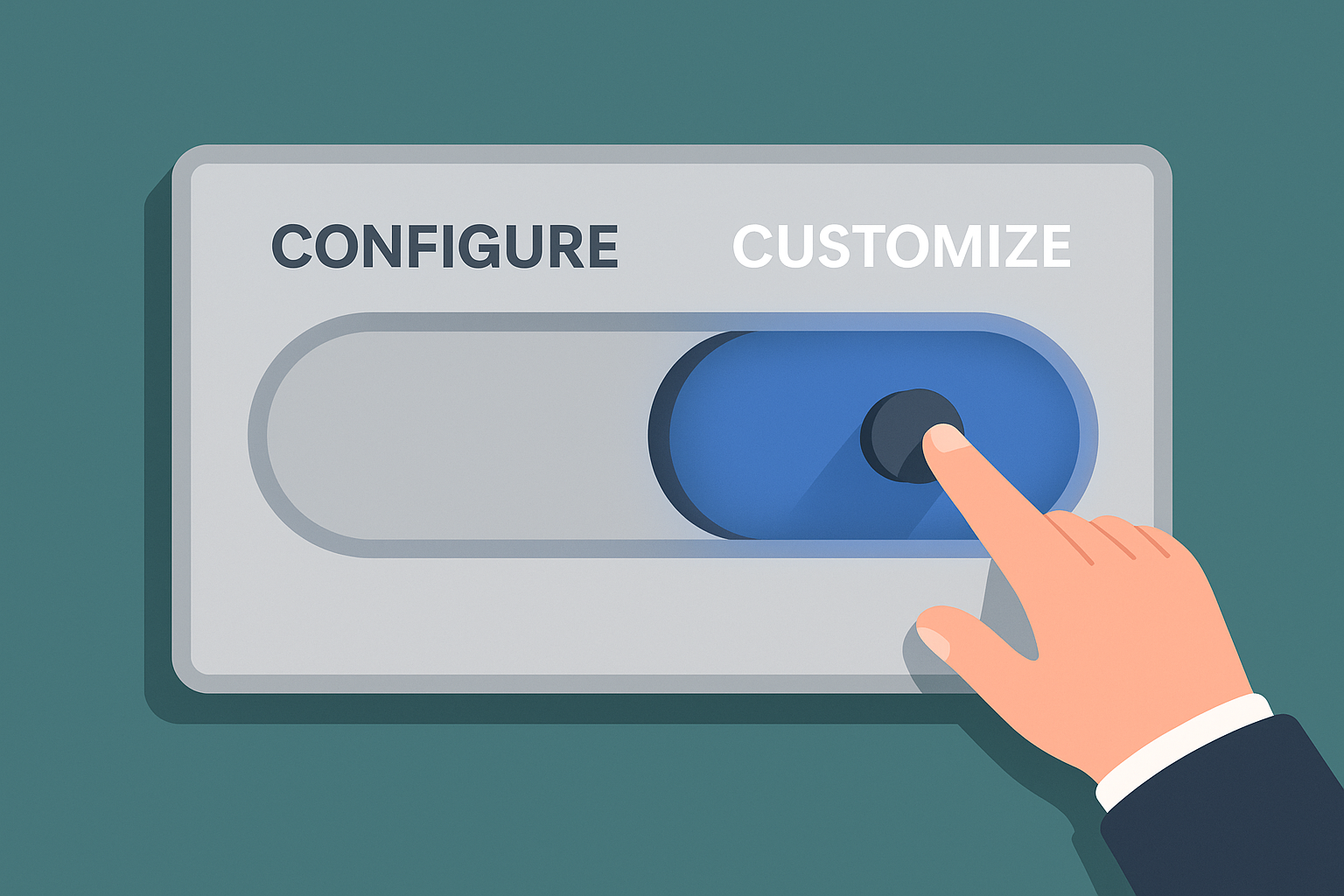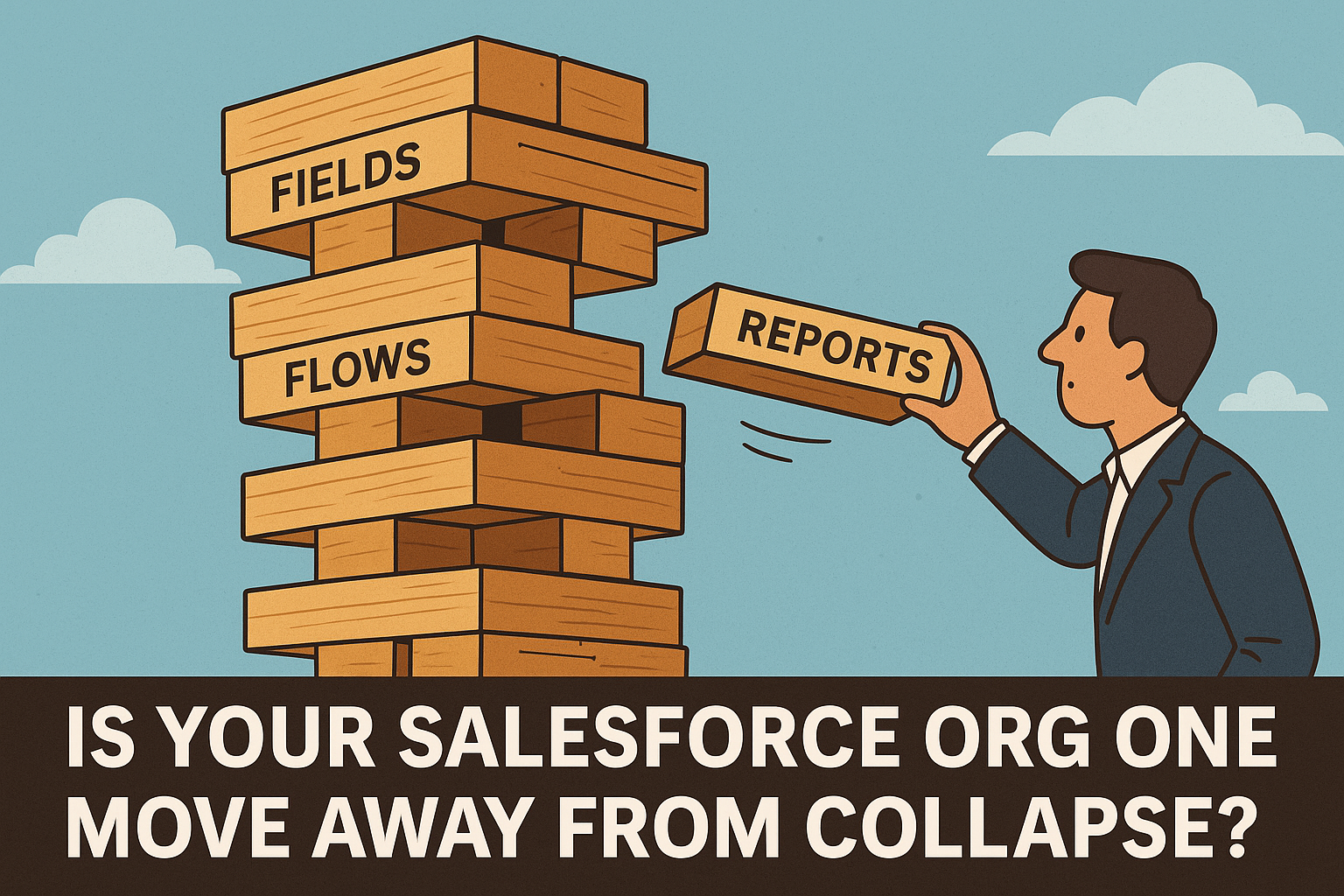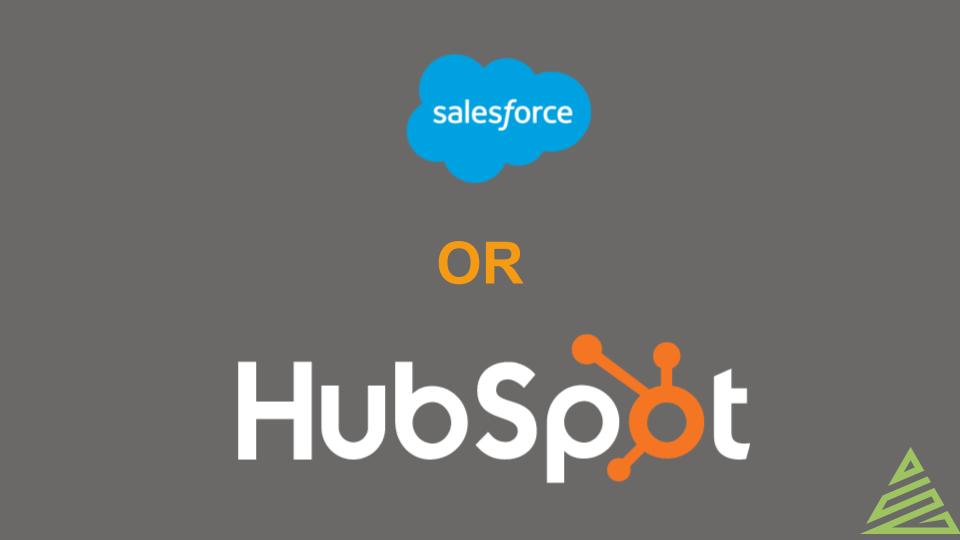There comes a time in every Salesforce project when someone asks, “Do we need to customize this?”
It’s a fair question, and sometimes, the answer is yes.
Welcome to our second installment of a three-part series, where we discuss how Dynamic Specialties Group's user-first approach to Salesforce helps you not only save money, but also make smarter, more strategic decisions about when to Customize versus Configure.
Customization can unlock unique capabilities that configuration alone just can’t do. But other times? It’s a fast track to complexity, tech debt, and a system that only one person on your team knows how to update.
So, how do you know when to go custom and when to keep it simple?
Now is the perfect time to share DSG's insights about customization with you, gained from our extensive experience in the trenches.

First: When Customization Actually Makes Sense
Salesforce is most definitely flexible, but it doesn’t do everything out of the box (OTB). For example, what if you're doing something completely unique, or your team needs a specific sales or marketing process? In those cases, customizing your org—only where absolutely necessary—just might be your best bet.
Here’s when it’s not just justified but absolutely—in our opinion—the right approach:
1. Your Salesforce Logic is Just Too ComplexDon’t get me wrong, Salesforce Flow is undoubtedly a powerful platform. However, even Flow has its limits. If you’re dealing with any of the following situations, you might want to consider customization:
- Recursive logic or recurring loops (yes, we enjoy the alliteration)
- Processing large datasets
- Asynchronous processes (think time-based or batched automation)
- Multiple dynamic approval paths (you might want to consider using Apex or a custom combo of Flow and Invocable Apex for the best of both worlds).
Tip From a DSG Expert
—Lexi Hatcher, Senior Salesforce Consultant & Project Manager
The best customization I've seen is something that looks like it should have come out of the box. Basically, it's a tool that addresses a specific need and fills that gap. Our DSG devs don't just code to bend the system to their will; instead, they're building on top of what's already there.
When people can code and they want to code instead of configure, you can get all sorts of wacky stuff.
2. When Pricing and Calculation Logic Demand Custom ComponentsSometimes, it’s not about the volume or scale; it’s about logic. We had a client who needed product prices to auto-fill when selected, and then calculate final pricing based on discounts. It seems simple, but Salesforce’s native tools didn’t support this flow.
DSG in Action
—Lexi Hatcher, Senior Salesforce Consultant & Project Manager
The client was doing all of this pricing manually. We built a custom component so they could just select the product and go. It was a round peg for a round hole, and it worked because it matched exactly how their team operated.
3. Your Users Need a Totally Custom InterfaceStandard Lightning pages and Dynamic Forms cover a wide range of functionality. However, when your team needs something highly interactive—like a guided quoting experience, a dynamic calendar, or an embedded external tool—it’s time to break out Lightning Web Components (LWCs).
The point here is that custom interfaces let you design for how your team actually works, not how Salesforce thinks they should.
4. When Data Volume Makes Manual a No-GOEven the best-built configuration can buckle under the weight of high data volume or complex transformation requirements. If your team is managing massive imports, syncing systems, or manually massaging spreadsheets before they ever hit Salesforce, you're working too hard. At a certain point, scale demands smarter systems.
Data volume is exactly where customization steps in. Whether it's thousands of records per day or sensitive data requiring validation, the right custom automation doesn't just reduce risk—it frees your team to focus on what matters most. We've helped clients go from hours of tedious manual work to seamless, near-invisible processing with just the right custom lift.
Real World Volume Use Cases
—Lexi Hatcher, Senior Salesforce Consultant & Project Manager
When dealing with a large number of records, integrating systems, or pulling data from external sources, customization often saves the day.
One client needed to bring in about 60,000 records a day—yes, daily—and match them to existing data. Until now, they’ve been handling all of it manually in Excel. We’re building a system that maps Excel files into Salesforce and then triggers the right Flows to keep everything moving.
5. Your Data Model Doesn’t Fit the MoldMost businesses can live happily within standard Salesforce objects like Leads, Opportunities, and Cases. But you may need custom objects and possibly custom automation and reporting to go with them if your processes revolve around things like:
- Field inspections
- Creative projects
- Clinical trials
- Franchise territories
Salesforce is great at supporting this, but thoughtful planning is crucial if you want everything to work with your team’s needs.
6. You’re Integrating with Legacy or Real-Time SystemsIf you need Salesforce to talk with an external database, legacy ERP, or a custom web app—especially in real-time—configuration alone likely won’t cut it. In those cases, you’ll need tools like:
- Apex callouts
- External Services and Named Credentials
- Middleware solutions like MuleSoft
This is one area where customization is usually a requirement, not a luxury.
DSG Experts in Overdrive
—Lexi Hatcher, Senior Salesforce Consultant & Project Manager
One client needed to transfer ownership of 1,000+ records across custom and standard objects—something Flow just couldn’t handle. So, we built a tool where all they had to do was enter the current owner’s name, the new owner’s name, and click “transfer.” That was it. It’s been working flawlessly ever since. And because it’s a tool—not a patchwork fix—it’s scalable and easy to update.
Now, Let’s Talk About When to Stick to Configuration
Just because you can customize doesn’t mean you should. In fact, for many Salesforce projects, staying inside the box is exactly the right move.
Salesforce has spent years making its platform admin-friendly, and your team can meet most business needs with tools like:
- Flow Builder (instead of Apex)
- Dynamic Forms & Actions
- App Builder
- Validation Rules
- Permission Sets & Groups
Here’s when it’s wise to pause before jumping into custom code:
- You’re trying to recreate something Salesforce already does natively (like lead routing or email alerts)
- Your team doesn’t have the resources to maintain custom code
- You’ve got poor or no documentation for the last “quick fix”
- Upgrades to your platform keep breaking stuff
Customization could become your next big problem, so be strategic about it.
The Guiding Principle: Customize for What Makes You Different
With every client, we follow a simple rule at Dynamic Specialties Group:
If it’s part of your secret sauce, customize. If it’s a standard business process, configure it.
Here’s a cheat sheet:
- Configure your lead flow, security model, and email alerts
- Customize your project costing engine, field service routing, or partner experience portal
It’s not about avoiding customization. It’s about knowing when it’s worth it.
Wrapping It Up: Build What Works Today and Tomorrow
It’s easy to get caught up in “what’s possible” with Salesforce. But the better question is: what’s sustainable?
Who will maintain it? Will it still work when your business grows or changes? And can it adapt without a total rebuild? These are the questions that ensure the sustainability of your Salesforce projects.
Smart configuration helps you go live faster. Smart customization helps you scale and compete.
Not sure which path is right for your org? Wondering whether your org needs clicks, code, or a bit of both? We’ve scoped and delivered Salesforce solutions across multiple industries, and we know how to strike the right balance.
Our expertise is at your fingertips. Contact DSG today to schedule a complimentary consultation.








SHARE